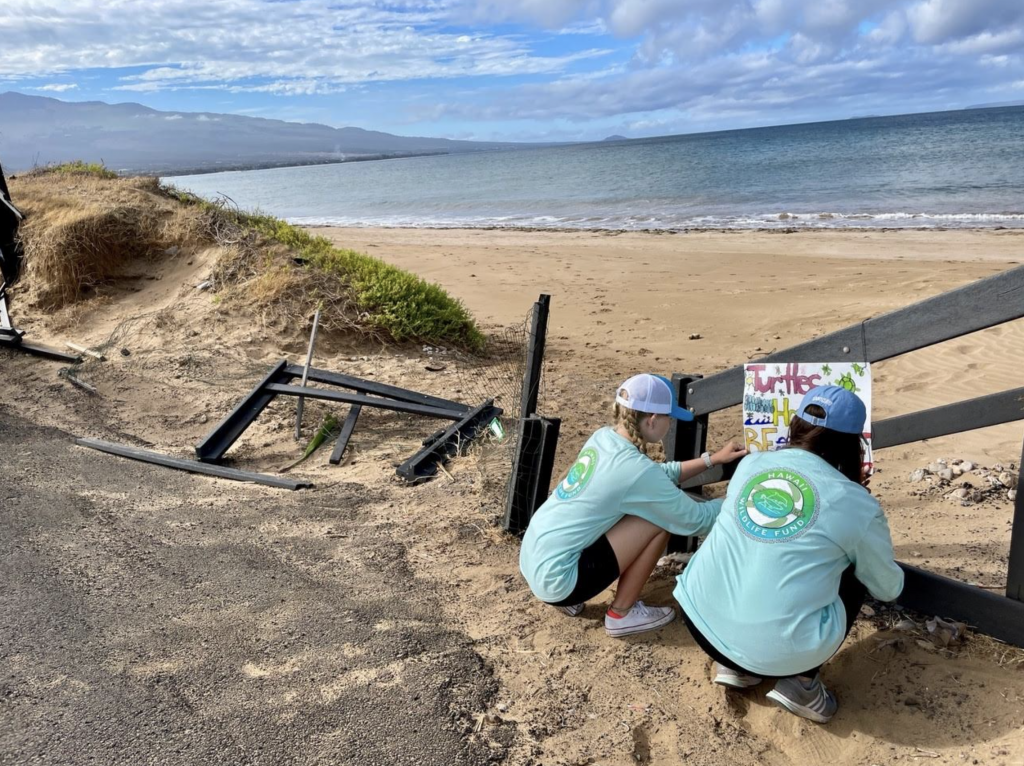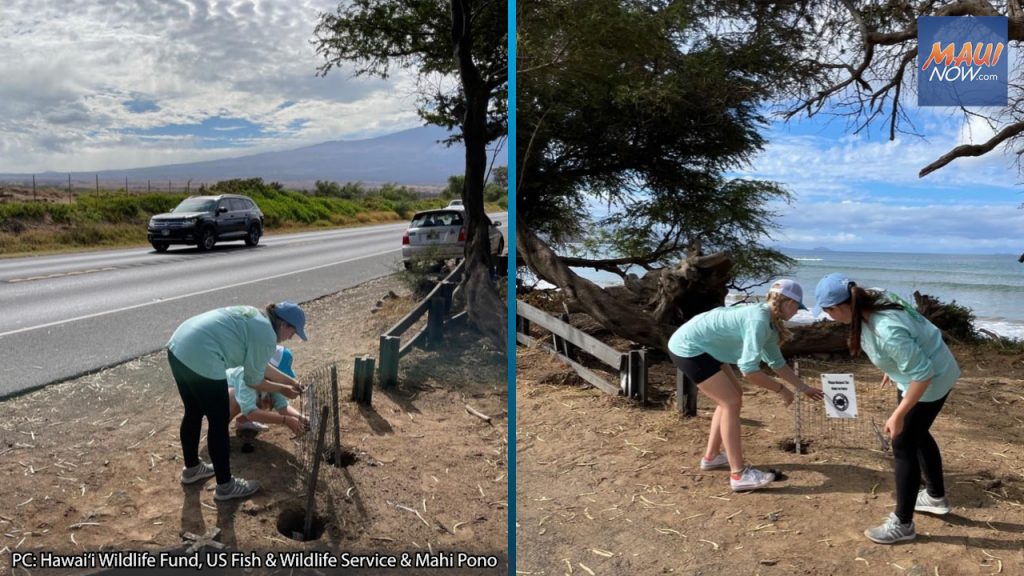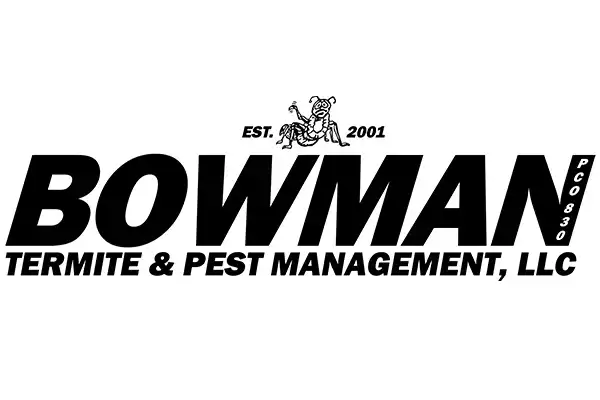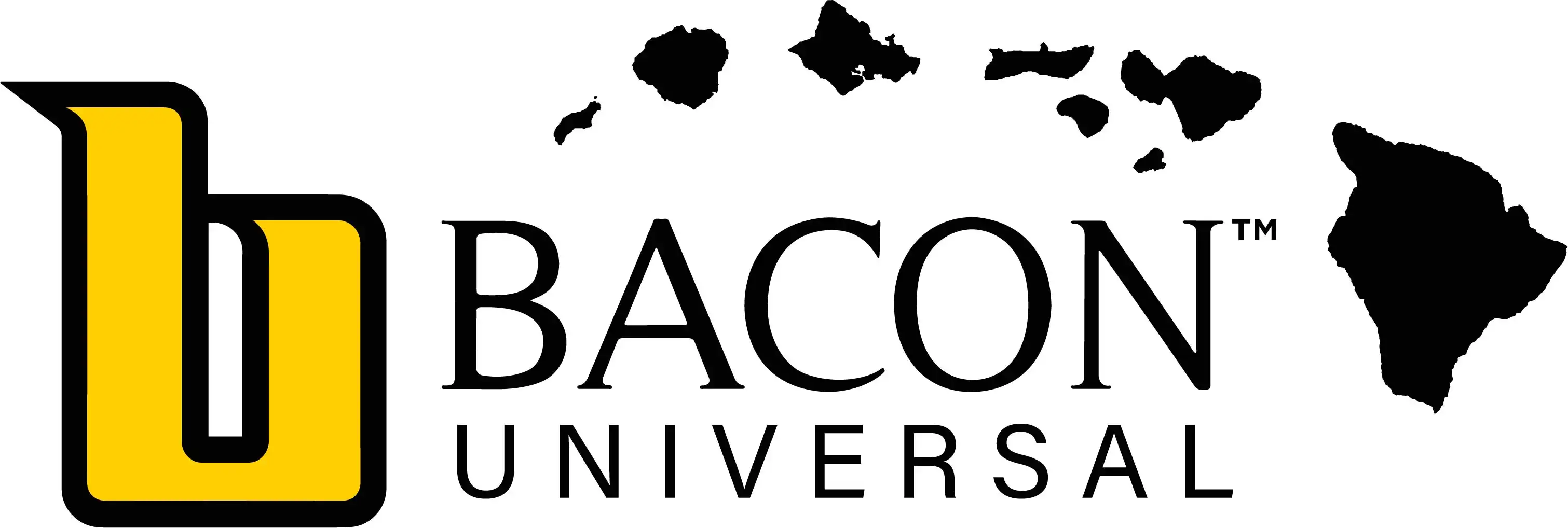Work Underway to Protect Endangered Hawksbill Sea Turtles on Maui

The Hawai‘i Wildlife Fund, US Fish & Wildlife Service and Mahi Pono are working together to ensure the safety and protection of endangered hawksbill turtles, also known as honu ‘ea or ʻea, that nest along the shoreline in Mā‘alaea fronting North Kīhei Road.
In collaboration with community-based groups, including the Mā‘alaea Village Association, these organizations are working to repair or replace fencing along the shoreline that is essential to ensure that the endangered turtles do not wander into traffic on the busy North Kīhei Road as they search for a safe place to lay their eggs. The fence also protects the sand dunes and vegetation that are critical to the area’s shoreline habitat and serve as natural erosion buffers. This stretch of beach is essential nesting habitat for honu ‘ea.
“We have seen an uptick in vandalism to the fence – we continually work to repair it only to find that it has been vandalized again”, said Hannah Bernard, executive director of HWF. “We are also observing more vehicles driving on to the beach in areas where the fence has been damaged. This is a major safety issue for the turtles, beachgoers and the environment.”

The first systemic monitoring and research of the honu ʻea on Maui began after the two egg-laden hawksbills were killed by cars while trying to cross North Kīhei Road in 1993 and 1996 along with numerous hatchlings killed in subsequent years. This tragedy spurred HWF’s launch of its Hawksbill Recovery Project in partnership with USFWS.
The project includes volunteers who patrol the beaches at dawn, and conduct night patrols and hatchling watch. The volunteers also participate in the construction, maintenance, and repair of the dune fence to help keep turtles off the road and to support the recovery of the eroded dune habitat.
“We are lucky to live on an island with so many beautiful beaches, beaches that we share with our wildlife,” said Bret Wolfe, Keālia Pond National Wildlife Refuge manager. “Honu ‘ea nest primarily on the islands of Maui, Hawai‘i, and Moloka‘i. The fence helps protect the honu ʻea as they try to find a safe place to nest and lay their eggs. We are commited to working with our partners to maintain the fence and protect honu ʻea.”
The fence covers an approximately 1.5 mile stretch of shoreline from the Keālia Resort in North Kīhei to Haycraft Park in Mā‘alaea known as the Keālia Coastal Strand and is located on an area of land owned by Mahi Pono. There are multiple designated public access points along the length of the fence line to the shoreline. The fence does not limit or prevent access to the beach, it only prevents turtles from being able to cross the road and be hit by cars.

“Mahi Pono is proud to be part of this collaborative effort to help protect the safety of the hawksbill turtles,” said Shan Tsutsui, COO of Mahi Pono. “We are in the process of executing the renewal of a Memorandum of Understanding with USFWS that will allow for continued access to the parcel of land for conservation management activities, which includes the installation and maintenance of the fence to protect both the turtles and the shoreline.”
As managers of the adjacent Keālia Pond National Wildlife Refuge, USFWS has worked in collaboration with Mahi Pono, and the previous land owner, to help conserve the coastal strand habitat that is essential nesting habitat for the honu ‘ea. Keālia Pond is host to approximately 30 species of birds, including migratory waterfowl and home to the endangered aeʻo (Hawaiian stilt) and ʻalae keʻokeʻo (Hawaiian coot). The refuge has walking trails and a coastal boardwalk located in Maui’s largest lowland wetland and is one of the last remaining wetlands in Hawaiʻi.
“The Keālia Pond National Wildlife Refuge is our neighbor and an important part of the Mā’alaea community,” said Lynn Britton, Māʻalaea Village Association co-founder and immediate past president. “We applaud efforts to protect sea turtles and other endangered species, especially the fencing that is also helping to bring back the sand dunes. We want to caution all drivers to park at designated parking turnouts and pull out safely onto oncoming traffic.”
“We also want to remind the public, both residents and visitors, that it is critical to stay 10 feet away from hawksbill turtles and to avoid blocking their access either to or from the ocean – this is what these animals need to survive,” added Bernard.
The beaches of Hawaiʻi also provide nesting habitat for honu (green sea turtles) and olive ridley sea turtles. All three species of sea turtle are listed under the Endangered Species Act and can be found basking on beaches throughout the Hawaiian Islands. Sea turtles play an important role in Hawaiian culture, with honu ʻea being mentioned in the fourth verse of the Kumulipo, the Hawaiian creation chant. Some families honor sea turtles as their ʻaumākua, spiritual guardian. A recent study also suggest that the honu ʻea found in Hawaiʻi are genetically unique to the Central North Pacific Ocean, meaning that they are genetically distinct from other hawksbill turtles found around the world.
Sea turtles typically lay their nest at night near or under coastal vegetation well above the high tide line. In contrast, basking turtles are usually found closer to the water both during the day and at night. They like to flip sand with their front flippers when basking, but digging with their rear flippers might be an indicator of nesting activity. The nesting season typically last from mid-April until early September.
The public can help sea turtles by remembering to:
- View sea turtles from a distance of at least 10 feet or more. Do not touch, feed, or chase them.
- Harrassing or disrupting a sea turtle or their nest can incur significant penalties, including a hefty fine and imprissionment.
- Avoid driving off-road vehicles (trucks and ATVs) on the beach as they can crush turtle nest, create tire ruts that trap hatchlings, and degrad habitates. Driving on beaches is also illegal in most areas.
- Report illegal beach driving to the police department or to Hawai‘i Department of Land and Natural Resources, Division of Conservation and Resources Enforcement at 808-643-DLNR.
- Please report any harassment or harmful activites towards marine animals to NOAA by calling 1-888-256-9840 or by emailing RespectWildlife@noaa.gov. Reports can also be made to the DLNR hotline at 808-643-DLNR or on the DLNR Tip app.
- Click here for more information on sea turtle nesting and how you can help protect them.










